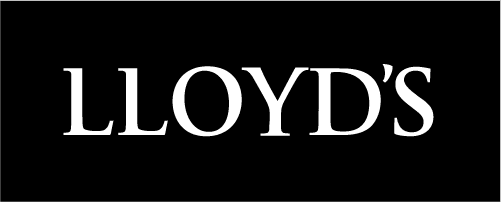A storage unit map is a handy tool to help you remember what you’ve got stored. We’re great believers in self-storage inventories – but if you’ve got a more visual brain, then a map is really helpful for keeping track of what you’ve got in storage.
What’s the difference between a self-storage map and a self-storage inventory
An inventory is a simple list of everything you’ve got stored, as we describe in our blogpost about self-storage inventories. Some people like to include more details, including notes about which part of the storage unit the item is in. But a self-storage map is a sketch of your storage unit that shows what is where.
Why do I need to know what’s in my storage unit?
You can use a self-storage map to keep track of what you’ve got stored. It’s surprisingly easy to forget about items in your storage locker, especially if you haven’t inspected your unit for a few months.
A self-storage map is good for security. It’s good practice to label your stored boxes so you know what’s in them – but what if you want to avoid advertising the contents of the crates in your storage unit? Many people like to use a system of numbering boxes. That way, you can note the contents of each numbered box on your self-storage map or inventory, safe from prying eyes.
An inventory is valuable should the worst happen and your stored possessions get damaged in a fire or flood or if there is a break-in at the storage centre.
Many storage companies will want you to file an inventory with them, and this will be written into their terms and conditions. And your self-storage insurer will also need an inventory to help with valuation. When you get a quote from Store and Insure, we’ll ask you for the value of your stored goods, and you can get this information from your inventory. Most storage companies will require you to insure your stored goods, but you don’t have to use the insurer they recommend. You are free to shop around for a better deal, including with Store and Insure!
How do I make a self-storage map?
Many people do very well with a sketch on the back of an envelope. Others might use a floor planner app, or a free graphics app like Sketchpad. Or you could take photos and annotate them to make a plan of your storage unit. Some of the bigger storage companies have apps that include mapping and inventory features. Whatever method you use to make it, a good self-storage map will be easy for you to use and up date, so you should use whatever method makes sense to you.
When should I make a self-storage map?
It’s best to start mapping your storage unit and making an inventory of your stored domestic items as you are moving goods in – but it’s still possible to map your unit after you’ve filled it. You can add more detail and refine your map every time you inspect your storage unit and when you move domestic goods into and out of storage.



